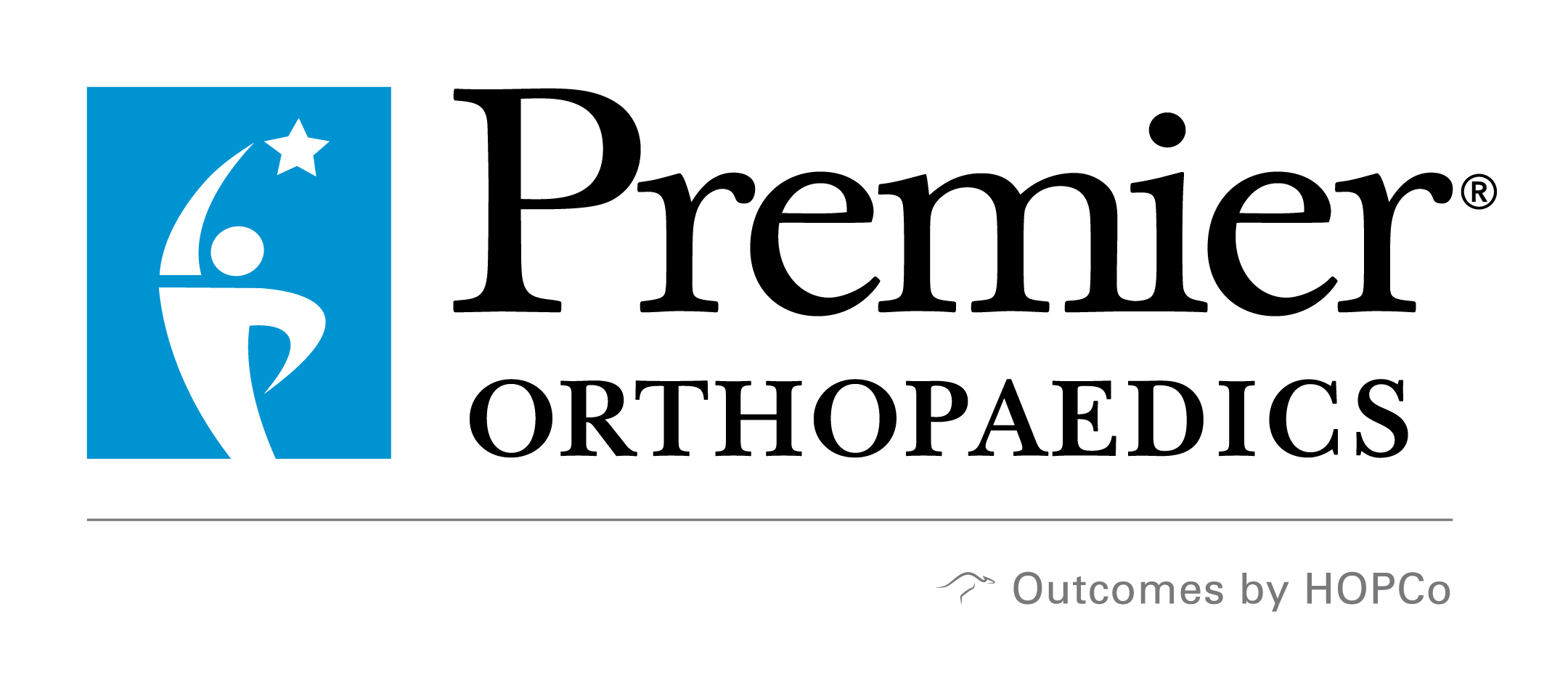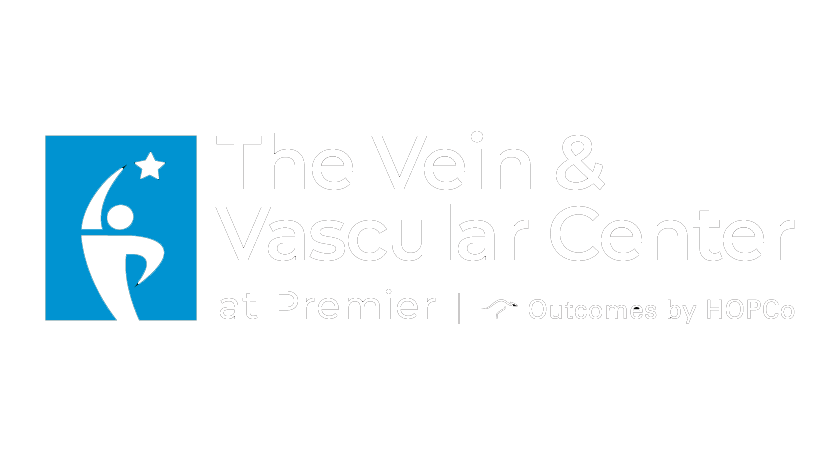Vein and Vascular Care in Greater Philadelphia
The Vein & Vascular Center at Premier is a specialty clinic, located at our Exton/Lionville office, for the treatment of medical vein conditions, including chronic venous insufficiency (CVI) and the associated symptoms, such as varicose veins, ulcerations, achy legs, restless legs, and swollen legs.
The visible signs of CVI, such as bulging varicose veins and skin discoloration, have often been misconceived as a “cosmetic-only” issue. However, vein insufficiency often leads to substantial medical complications, which can significantly affect daily life. In fact, as untreated CVI progresses, symptoms worsen over time, leading to ulcers and infections. Fortunately, being proactive in diagnosis and treatment can slow or stop the progression.
If you have varicose veins, spider veins, or other symptoms of vein problems, don’t wait to seek help. Contact Premier Orthopaedics today to schedule a consultation with our vascular and vein care specialists in the Greater Philadelphia area. We will help you take the first step toward healthier legs and a better quality of life.
Common Vascular & Vein Conditions We Treat
Our vascular and vein doctors specialize in diagnosing and treating a wide range of conditions that can affect your comfort, mobility, and overall health. Some of the most common conditions we treat include:
- Chronic Venous Insufficiency (CVI): This condition occurs when the veins in the legs fail to efficiently return blood to the heart, causing blood to pool. Symptoms can include leg swelling, aching, varicose veins, and skin changes.
- Varicose Veins: These enlarged, twisted veins are often visible under the skin in the legs. They can cause discomfort, itching, and an overall feeling of heaviness.
- Spider Veins: These small red or blue veins appear close to the skin’s surface and resemble a spiderweb. While often considered cosmetic, they can also be a sign of venous insufficiency.
- Leg Swelling (Edema): Swelling in the lower legs and ankles may be caused by poor circulation or venous disease. Persistent swelling can lead to pain, skin breakdown, and increased risk of infection.
- Leg Ulcers (Venous Ulcers): These chronic, slow-healing wounds typically occur around the ankles as a result of longstanding venous insufficiency. They require specialized care to promote healing and prevent recurrence.
- Deep Vein Thrombosis (DVT): This serious condition involving the formation of blood clots in deep veins can cause swelling, pain, and potentially life-threatening complications if the clot travels to the lungs.
- Peripheral Artery Disease (PAD): PAD occurs when narrowed arteries reduce blood flow to the limbs, often causing leg pain while walking. If left untreated, it can lead to severe complications, including non-healing wounds and limb loss. Contact our team for vascular health services if you suspect you have PAD.
- Lymphedema: A chronic condition characterized by swelling, typically in the arms or legs, due to a buildup of lymphatic fluid. It often results from lymph node damage or removal and requires ongoing management to reduce discomfort and prevent infections.

What Is Chronic Venous Insufficiency (CVI)?
Chronic venous insufficiency is a vascular condition in which the veins begin to fail and blood pools in the legs. The condition makes it difficult for blood to travel from your legs to your heart, resulting in uncomfortable symptoms such as:
- Leg pain, aching, or cramping
- Burning or itching of the skin
- Varicose veins
- Leg or ankle swelling, especially at the end of the day
- “Heavy” feeling in the legs
- Skin discoloration or texture changes
- Open wounds or sores
- Restless legs
- Bruising
Who Is at Risk of CVI?
Did you know that CVI is two times more prevalent than coronary heart disease? In fact, it affects thirty million Americans. But why does this condition develop in the first place? Well, there are several factors that can influence a person’s risk of developing chronic venous insufficiency, including:
- Gender (women are more likely to develop CVI)
- Age (30+)
- Family history
- Sedentary lifestyle
- Prolonged standing
- Obesity or excess weight
- Current or previous pregnancies
- Smoking
- BMI over 30
- Previous leg injuries or surgeries
Diagnosis / Patient Screening
To properly diagnose CVI, your provider will perform a complete medical history and physical examination. The exam will include an ultrasound because the sound waves from the ultrasound can bounce off the vein and create images of the vein structure. Your vascular doctor will then be able to visualize any potential vein damage or blockage. To determine blood flow, find any potential blood clots, and make a complete diagnosis, you will be tested both standing and lying on your back.
Non-Operative Treatment Options for CVI
As is with most diseases, preventative measures (in combination with lifestyle changes) can have a significant impact on vein and vascular conditions. Some measures to consider include:
- Managing blood pressure and body weight
- Exercising regularly, focusing on leg exercise that works the legs (i.e., running or walking)
- Elevating legs whenever possible
- Avoiding prolonged standing or sitting
- Avoiding clothes that are tight around the waist, thighs, or legs
- Avoiding hot tubs, saunas, or long baths
- Strengthening calf muscles and avoiding shoes that limit the use of calf muscles (i.e., high heels)
- Eating a diet low in salt and rich in high-fiber foods
- Wearing compression socks (ask the Vein Health Center for a recommendation)
While being proactive about your condition is essential, these measures are most effective in the early stages. In cases where the disease has progressed beyond the earlier stages, minimally invasive vascular and vein procedures might be the next step.
Minimally Invasive CVI Treatment Options
Endovenous thermal ablation is a minimally invasive treatment that involves the shutting of diseased veins. Closing off the diseased veins will redirect the flow of blood into healthy veins back to the heart as intended. The treated veins will then shrink and be absorbed by the body over time. Two types of thermal energy may be used:

Radiofrequency Ablation (ClosureFast™)
Radiofrequency ablation (RFA) is a minimally invasive procedure used to treat patients with varicose veins and chronic venous insufficiency (CVI). The ClosureFast™ catheter is inserted into the diseased vein while radiofrequency energy is emitted to provide uniformly distributed heat to contract the collagen in the vein walls. This process causes the vein to collapse and seal off, allowing blood to flow into healthy veins.

VenaSeal™ Closure System
The VenaSeal™ closure system is a minimally invasive procedure that delivers immediate and lasting vein closure with its proprietary medical adhesive formula. Ultrasound technology is used during the procedure to visualize the diseased vein. Once located, the VenaSeal™ closure system is inserted into the vein, where the physician will then use the adhesive to close the diseased veins, allowing blood to flow into healthy veins. Following treatment, compression socks are not necessary. However, they may be beneficial to some.
Patient Eligibility Criteria
There is a mandatory 3-month trial of conservative therapy. The components of conservative therapy include, but are not limited to, exercise, periodic leg elevation, weight loss, compressive therapy, and avoidance of prolonged immobility per insurance guidelines. If your symptoms persist, you may be eligible for this procedure.

What Can You Expect From Minimally Invasive Vein Treatment?
There is usually little to no downtime associated with treatment. Treatments are typically completed in one hour, and most people return to normal activities within a few days. For this reason, hospitalization is not part of the standard treatment.
It is recommended to walk daily for 30 minutes the following two weeks after treatment. Compression stockings should be worn at all times during the first two days and while walking for the first week. Possible bruising and swelling may occur after treatment.
- No strenuous exercises for 72 hours post-treatment
- No heavy lifting (>10lbs) for 1 week
- No swimming for 1 week
There are associated risks, possible complications, and side effects that come with every medical procedure. The following are risks and side effects associated with CVI treatments and procedures.
- Vessel perforation
- Thrombosis
- Inflamed veins
- Infection
- Nerve damage
- Bruising
- Skin burn
- Swelling
- Skin discoloration or redness
- Discomfort
Speak with your physician about the risks and benefits of these procedures.
Minimally Invasive Varicose Vein Treatment Options
We understand that varicose veins can cause both physical discomfort and cosmetic concerns. That’s why we offer effective, minimally invasive solutions that require little to no downtime. Our goal is to improve circulation, relieve symptoms, and help you regain confidence. Speak to our vascular and vein care team in the Greater Philadelphia area about one of the following treatment options for your varicose veins:
- Sclerotherapy: Used for both small varicose veins and spider veins, sclerotherapy involves injecting a safe solution directly into the affected vein. This causes the vein walls to stick together, close off, and fade over time.
- Endovenous Laser Therapy (EVLT): This image-guided procedure uses laser energy to close off faulty veins from the inside.
- Radiofrequency Ablation: RFA is a similar treatment that uses radiofrequency energy instead of laser to heat and close diseased veins.
- Ambulatory Phlebectomy: For larger surface veins that bulge above the skin, ambulatory phlebectomy is a simple outpatient procedure in which the vein is removed through tiny skin punctures.
Ask About Our Vein & Vascular Health Services Today
Bulging veins on your legs can affect your self-confidence and how you engage with the world around you. Whether you’re dressing for a special occasion or simply trying to enjoy a walk in warm weather, it’s easy to become self-conscious about the bulging and colorful veins on your legs and they can prevent you from being fully present in the moment and enjoying life to the fullest.
Of course, the appearance of the veins isn’t the only issue. Vein and vascular conditions can cause swelling, itching, aching, and even open sores. The good news? You don’t have to live with these symptoms or let them define your life.
At Premier Orthopaedics, we specialize in diagnosing and treating a full range of vascular conditions using minimally invasive techniques designed to deliver real results with little to no downtime. Let us help you look, feel, and move better. Contact us to schedule an appointment!

